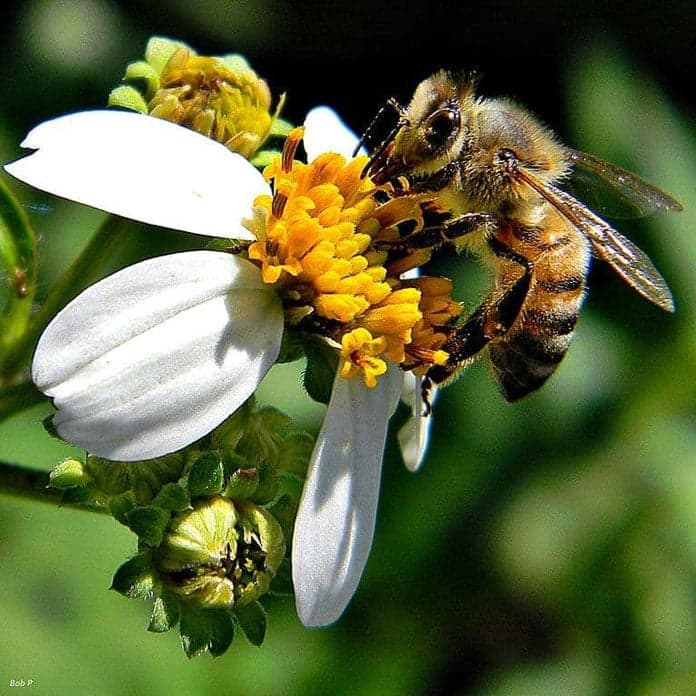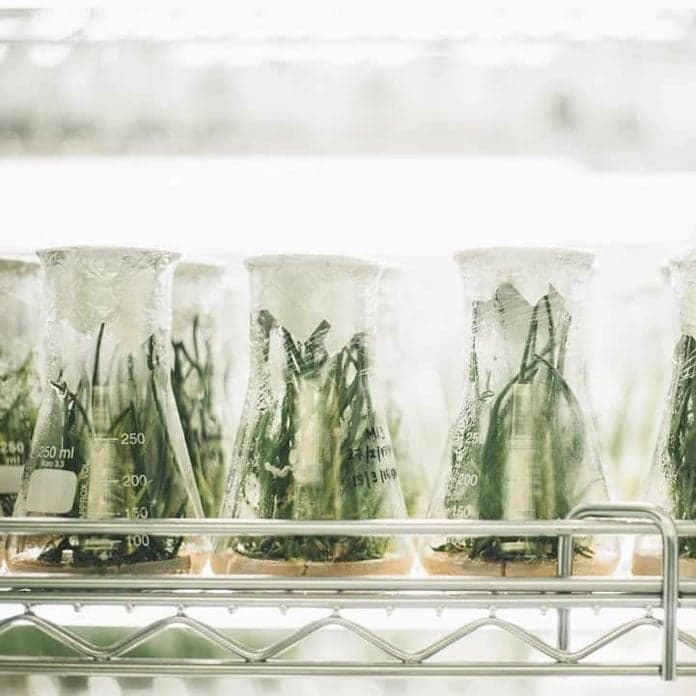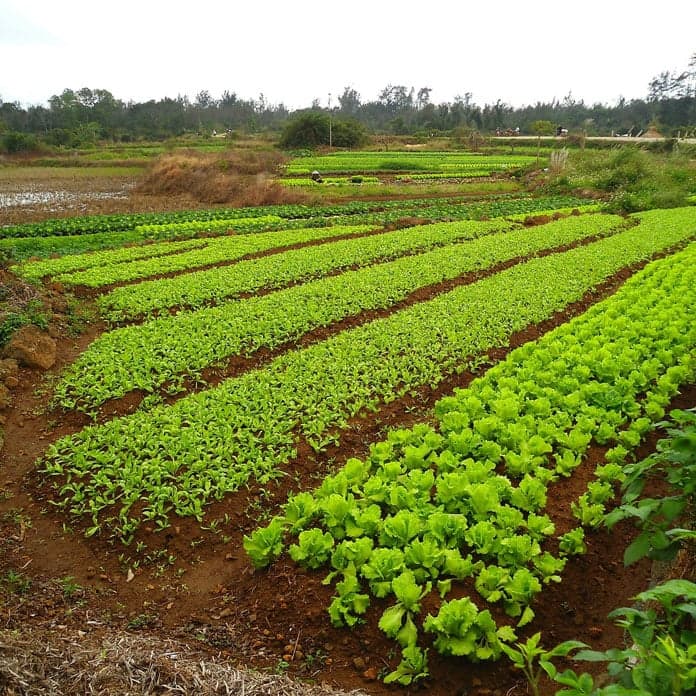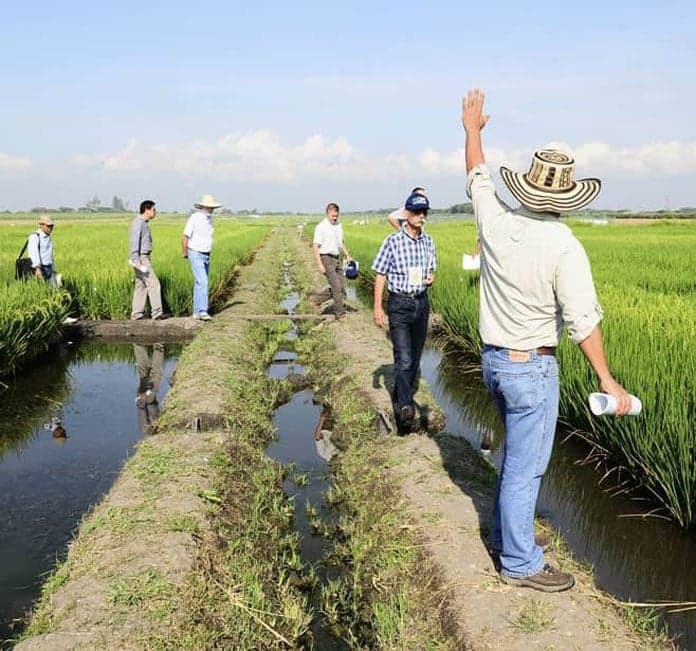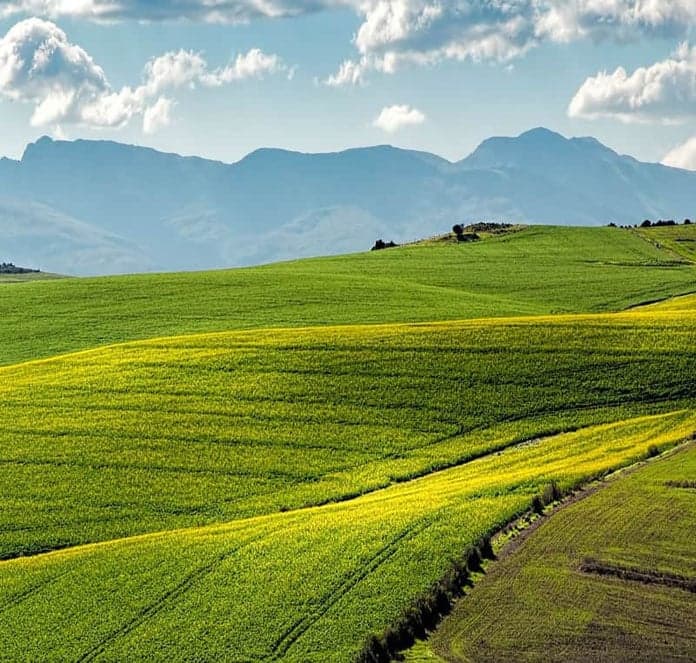The Stockholm International Peace Research Institute (SIPRI) is an independent organization that conducts research on global security. More specifically SIPRI collects data on military expenditures and the international arms trade. SIPRI released their latest data for 2016, this Monday, February 21st.
The headline of their latest data release is that global arms trade volume has reached its highest point since the end of the Cold War in 1990. While the overall global uptick is intriguing in its own right, there are also several interesting trends at both the region and country level.





